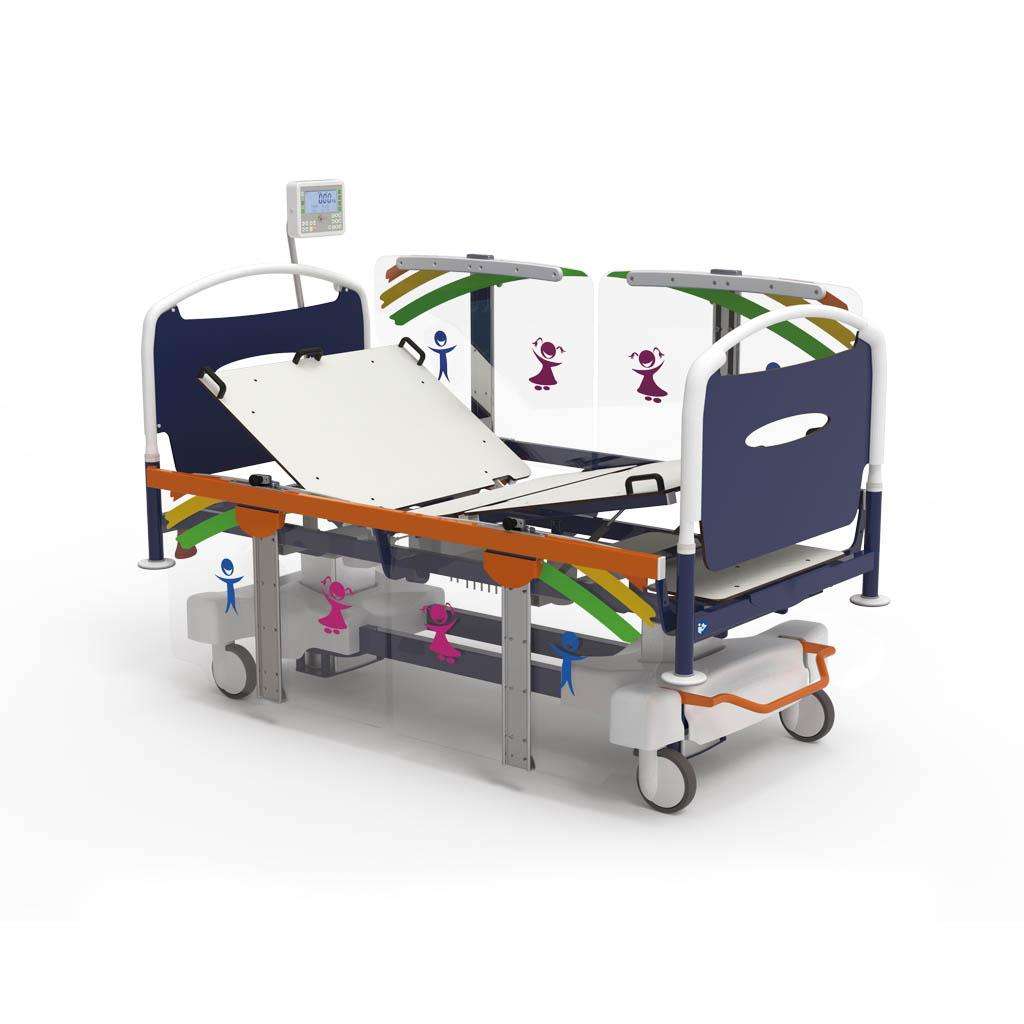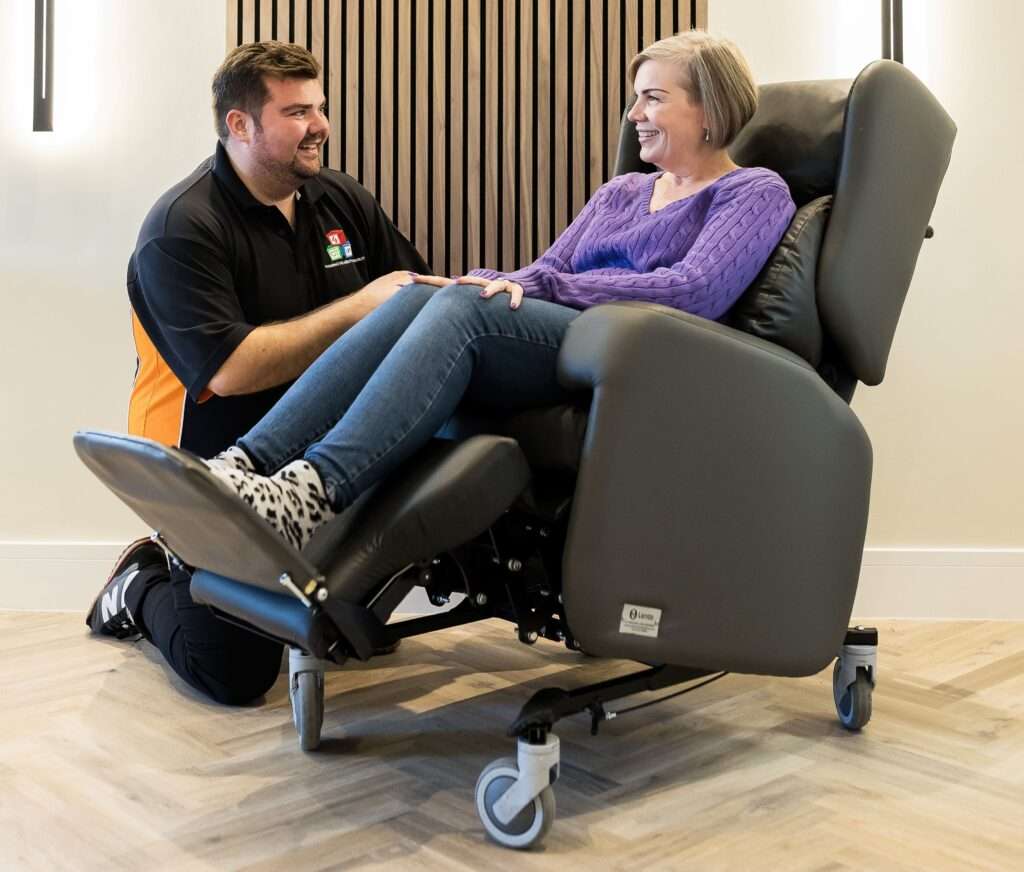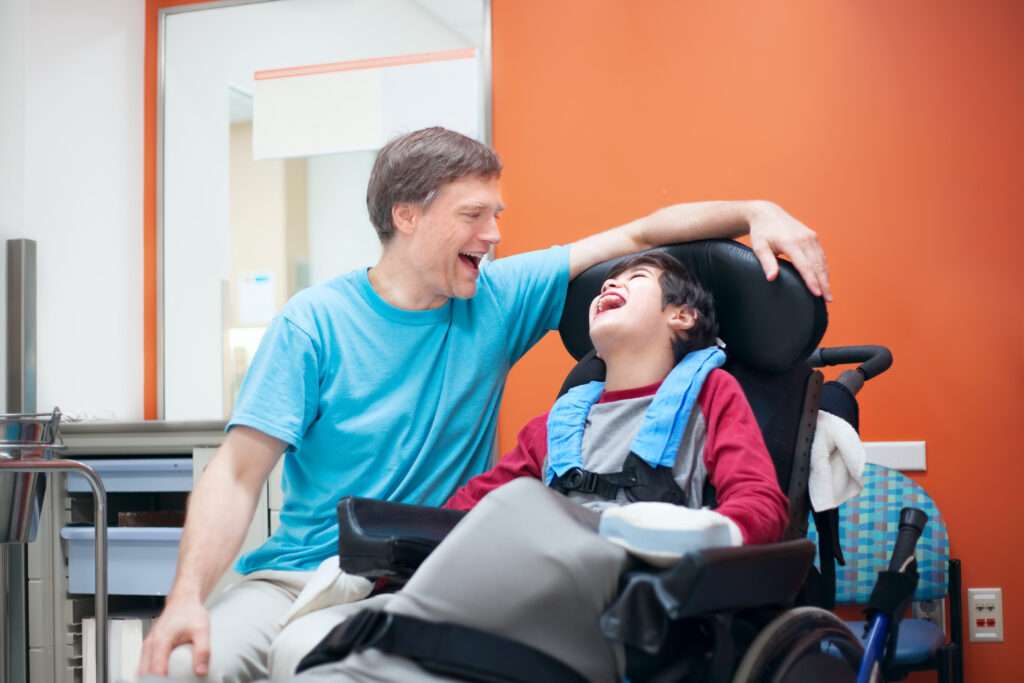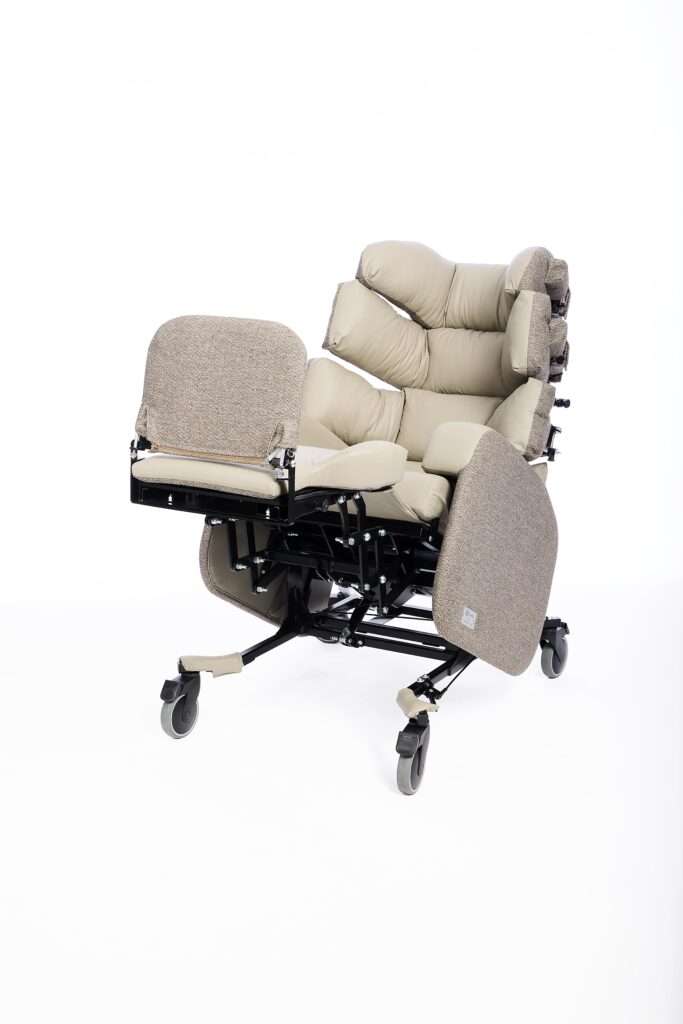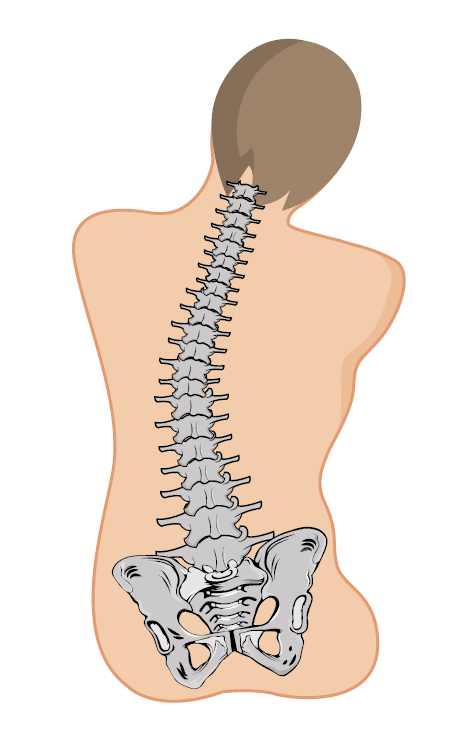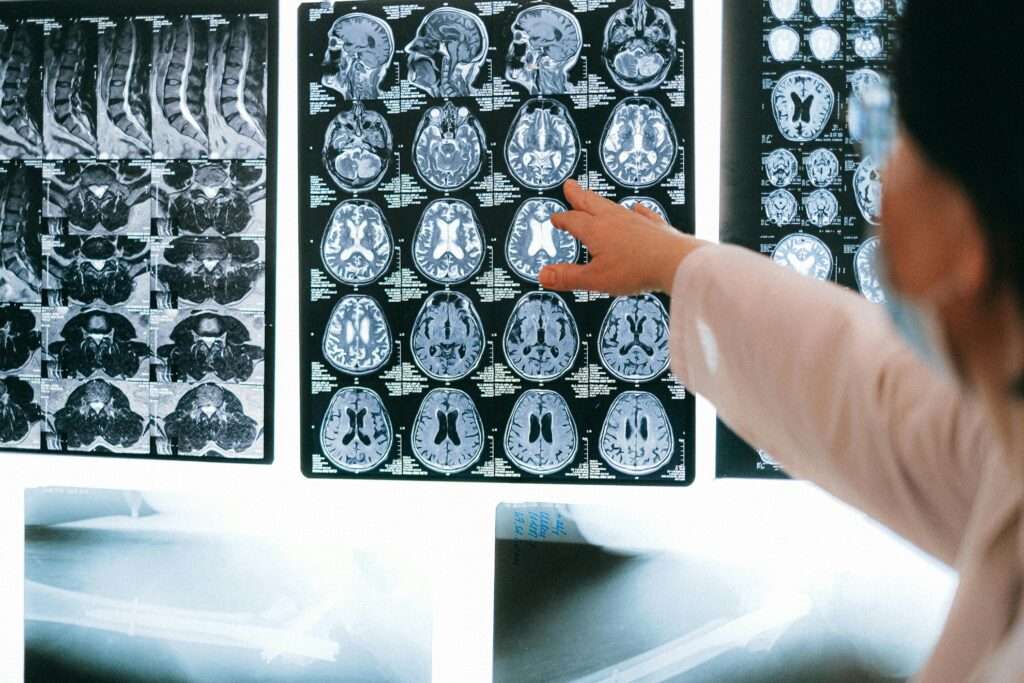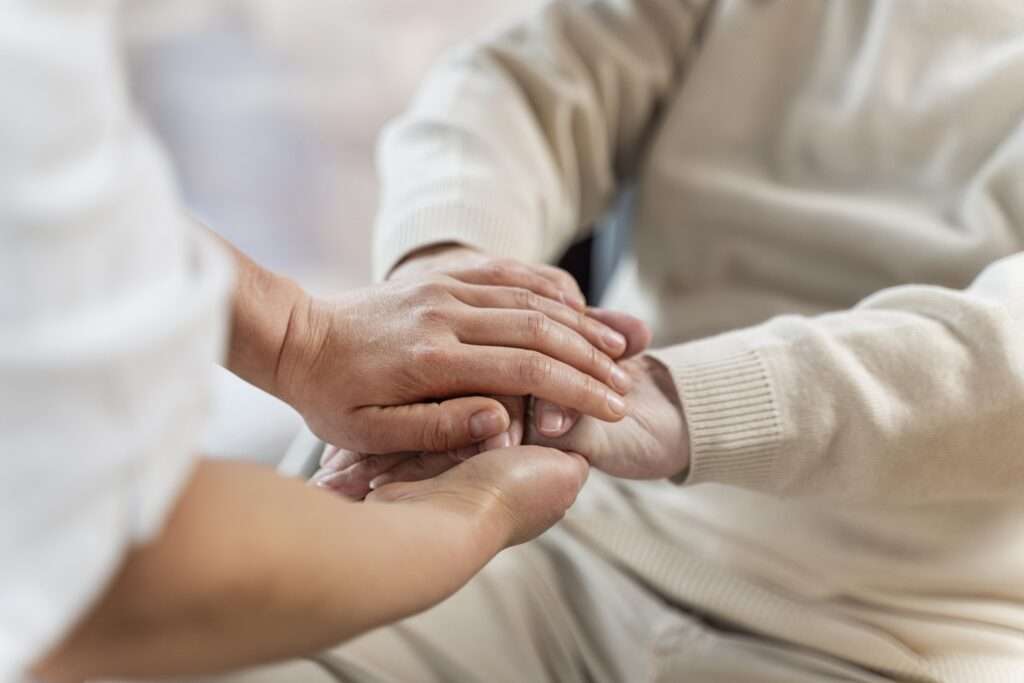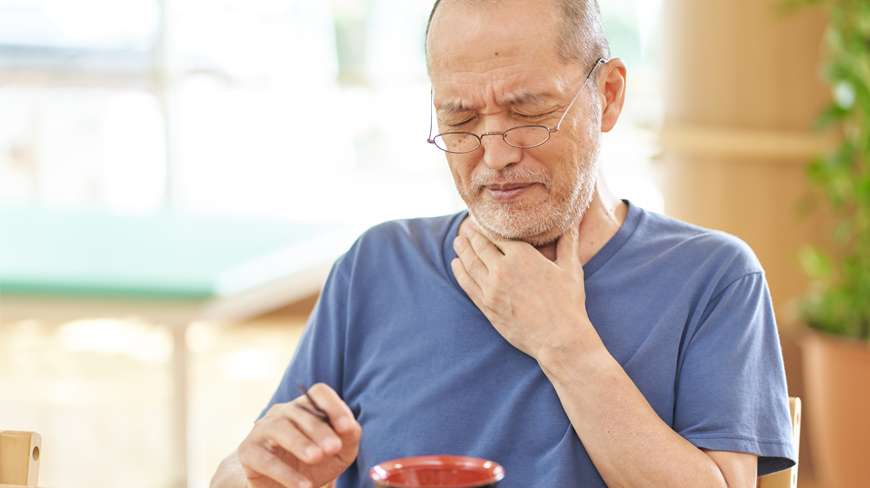Children with disabilities require specialised care and support to ensure their safety, comfort, and overall well-being.
One crucial aspect of this care is the use of paediatric profiling beds. These beds are specifically designed to meet the unique needs of children with disabilities, providing them with the necessary support and comfort.
In this article, we will discuss the role of paediatric profiling beds in supporting children with disabilities.
Enhanced Safety Features:
Paediatric profiling beds are equipped with various safety features that are essential for children with disabilities. These beds often come with side rails that can be adjusted or lowered according to the child’s needs, ensuring their safety while sleeping or resting.
Additionally, care beds for children have locking mechanisms that prevent accidental movements or falls, reducing the risk of injuries.
Some beds have built-in alarms that alert healthcare providers if a child attempts to leave the bed unsupervised, allowing for immediate intervention and prevention of potential injuries.
Customisable Positioning:
Children with disabilities often require specific positioning to alleviate discomfort or prevent further health complications. Paediatric profiling beds offer customisable positioning options, allowing caregivers to adjust the bed’s height, head, and foot angles, as well as the overall contour of the bed.
These care bed customisation options ensure that the child’s body is properly supported, reducing the risk of pressure ulcers, and enhancing their comfort.
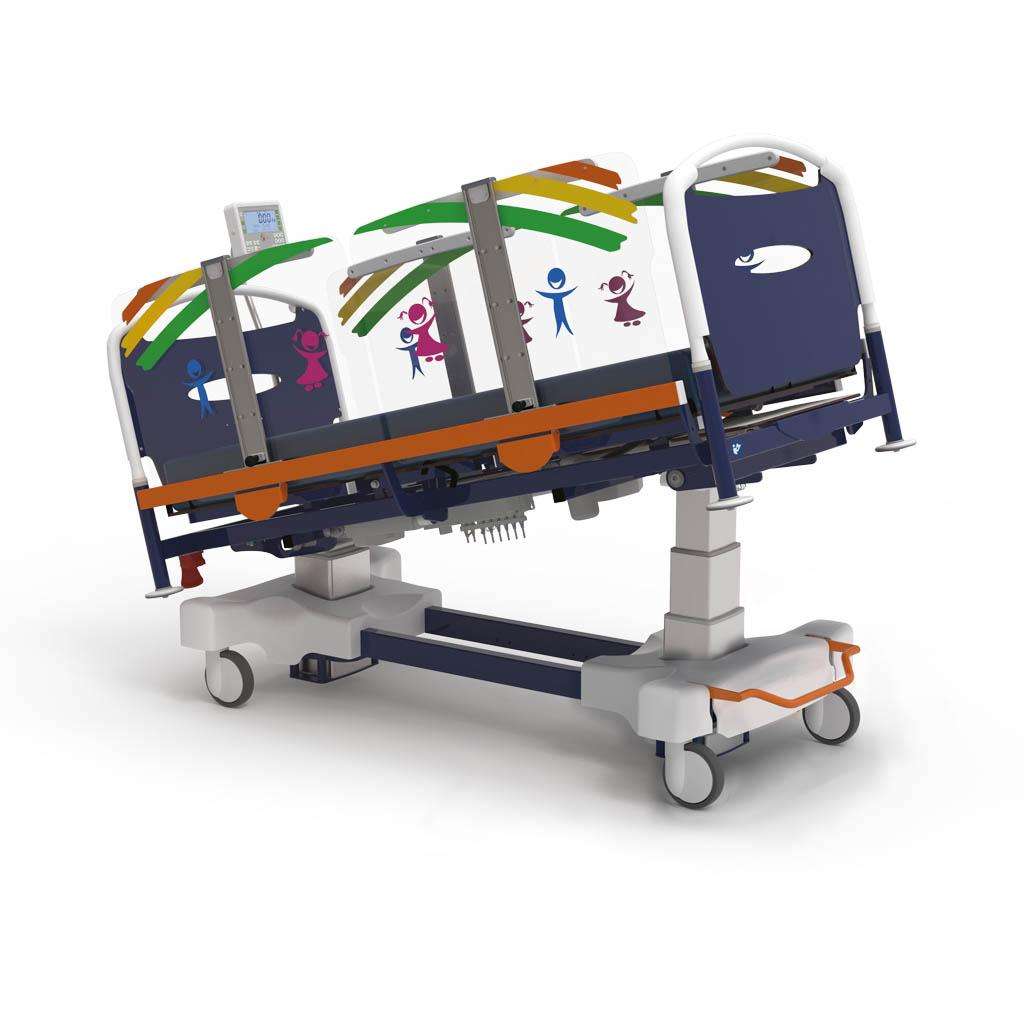
Promoting Independence:
Children with disabilities should be encouraged to develop a sense of independence and autonomy. Paediatric profiling beds support this by allowing children to adjust the bed’s positioning themselves, within their physical capabilities.
This independence fosters a sense of control over their environment and enhances their self-esteem.
Facilitating Caregiving Tasks:
Caring for a child with disabilities can be physically demanding for caregivers. Paediatric care beds are designed to assist with caregiving tasks by providing optimal working heights for caregivers.
This benefits a carer because it reduces strain on their back and improves their ability to provide quality care to the child.
View Our Paediatric Recliner
Ease of Access and Mobility:
Paediatric care beds are designed with the ease of access and mobility in mind. They are typically equipped with features such as low height adjustments, allowing healthcare providers to have easy access to the child.
This is particularly important when administering treatments, conducting examinations, or providing personal care.
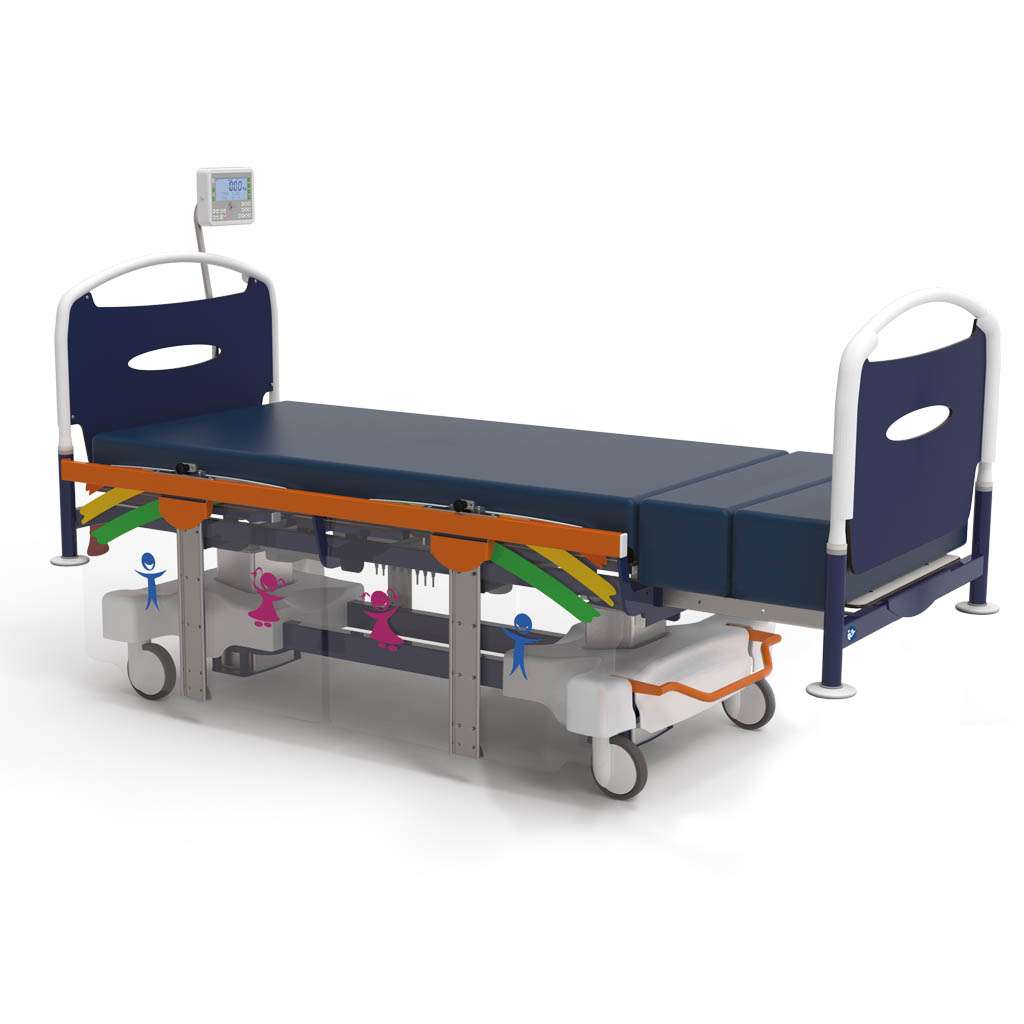
Moreover, these beds often have lockable wheels, enabling easy transportation of the child within the healthcare facility while ensuring their safety during movement.
Integration of Medical Equipment:
In many cases, paediatric patients require the use of medical equipment such as IV pumps, cardiac monitors, or respiratory support devices. Paediatric care beds are designed to integrate this equipment seamlessly.
They often have dedicated mounting points, hooks, or brackets to secure and organize the necessary medical devices, ensuring easy access for healthcare professionals while minimizing the risk of entanglement or accidental disconnection.
Accommodating Medical Equipment:
Children with disabilities often require the use of medical equipment, such as ventilators, feeding pumps, or monitoring devices. Paediatric profiling beds are designed with features that accommodate these devices, ensuring easy access and safety.
This integration of medical equipment into the bed’s design eliminates the need for additional stands or attachments, creating a more organised and efficient caregiving environment.
Comfort and Support:
One of the primary goals of paediatric profiling beds is to provide comfort and support to children with disabilities. These beds are designed with soft, hypoallergenic mattresses that promote healthy sleep and prevent skin irritations.
The customisable positioning options also allow for optimal pressure distribution and body alignment, reducing discomfort and promoting better sleep quality.
Emotional Support:
Hospital stays can be overwhelming and distressing for children. Paediatric care beds are designed to provide emotional support and a comforting environment. Some beds may come with colourful and child-friendly designs, creating a more pleasant atmosphere for the young patients.
Additionally, certain beds may have features like built-in speakers or screens that allow children to engage in entertainment or educational activities, distracting them from their medical condition and reducing anxiety.
Summary:
Caring for children with disabilities and complex health conditions requires patient care equipment designed with enhanced features to better provide comfort to the child along with benefits to the caregiver.
The right care bed for a child with disabilities will be one with:
- Customisable positioning options
- Safety features for the child
- Adjust and grow with your child
A profiling bed for peadiatric care should:
- Promote independence
- Facilitate caregiving tasks
- Accommodate medical equipment
- Prioritise comfort and support
Investment in a paediatric a bed that plays a vital role in supporting children with disabilities, ensures that children with disabilities receive the care and support they need, enabling improved patient comfort and outcomes.
Speak to our team today





